Pixie Bob Cat
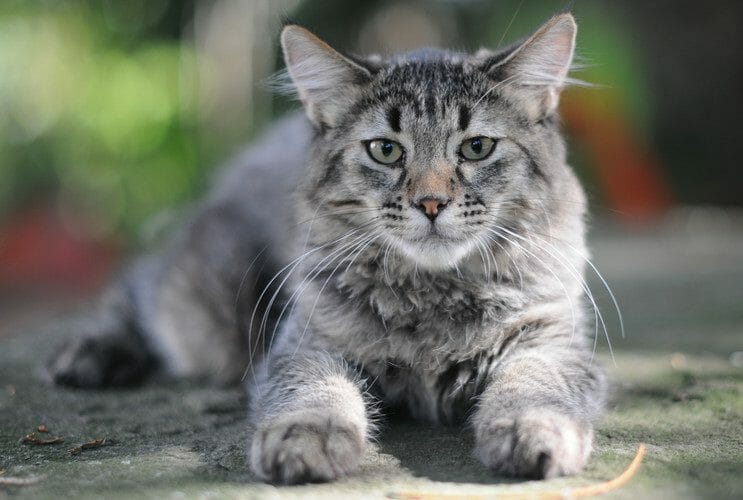
Pixie Bob Cat Personality
The Pixie Bob cat (which can also be spelled Pixie-bob, Pixie-Bob, or Pixiebob) will bond well with its family and often likes to join in on household activities. Although these felines can be active, they also enjoy a good amount of lap time. These felines can often be found asleep in various places around the home.
Notable Pixie bob cat traits include a social nature and laidback personality. These cats get on well with other pets around the home, as well as family members of all ages. When introducing a Pixie bob cat to a small child, ensure that the play is always closely supervised.
One of the other common Pixie bob cat characteristics of note is its chatty nature. These strong communicators will often be heard chirping and grumbling.
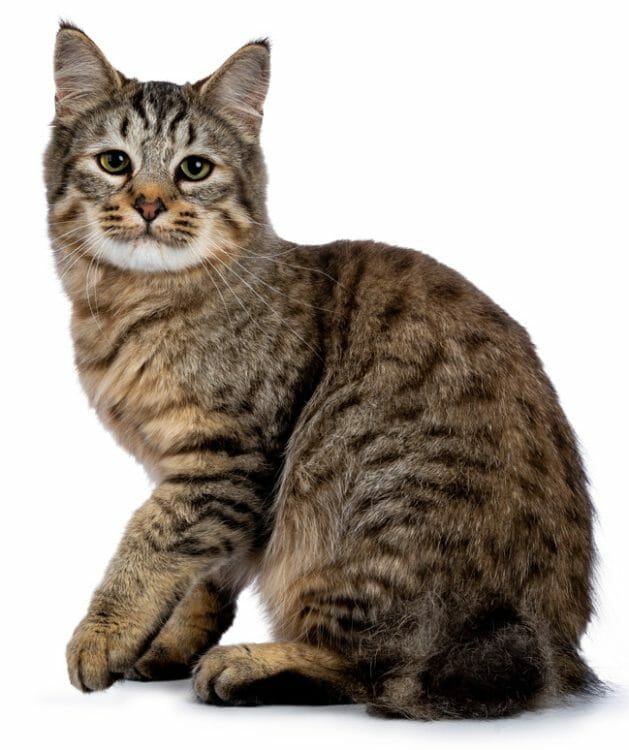
What Does a Pixie Bob Cat Look Like?
Although they are a fully domestic breed, Pixie bobs bear a striking resemblance to the North American bobcat. Pixie-Bobs are notable for their size, with males being larger than females. The weight of a Pixie Bob can vary dramatically. Average weights are between 8 and 17 pounds. However, some cats have reportedly weighed as much as 25 pounds. Although most domestic feline breeds only grow for the first year of life, the Pixie-Bob cat’s growth continues for up to 4 years. A full-grown Pixie bob cat body is muscular. Pixie bobs typically have large bones.
The most common Pixie bob cat colors are light tan or reddish-brown. The bottoms of the cat’s paws will have black fur, and white fur will surround the eyes and on the chin. Beneath this fur, the skin is often black. The coat is usually short. However, it is possible to get a long-haired Pixie bob cat.
Pixiebobs are famed for having pear-shaped heads. Facial features include black lips, large muzzles with a red nose, and a round whisker pad. Whiskers graduate from black at the base to white at the tip. The cat’s brow is heavy, and the eyes are triangular. While still a young kitten, the eyes will be blue. However, as the Pixiebob reaches a few months old, the eyes will become green or gold.
The tail of a Pixie-Bob is typically short—around two inches long. Another unique feature of the breed is that they are polydactyl. This means that they have additional digits on their paws.
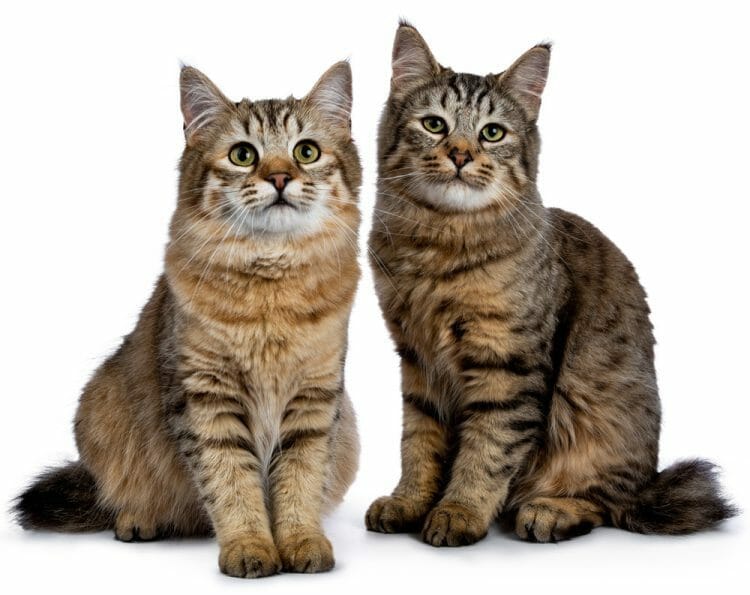
Pixie Bob Cat Facts
The Pixie Bob cat was established by a single breeder in Washington in the mid-1980s. Carol Ann Brewer initially took in a unique-looking spotted male cat called Keba that had polydactyl paws. Keba was large with a bobbed tail. Due to the size of the cat, it was believed to be the progeny of a bobcat.
Although in poor health, the emaciated cat was soon bred with a neighbor’s domestic shorthair. The brown-spotted feline gave birth to a litter, and Brewer obtained one of the female offspring. This kitten was named Pixie. She would go on to become the foundation on which all Pixie Bob cats would be based.
Because of the belief that Keba was part bobcat, it was assumed that Pixie was too. This was widely accepted as a fact for many years. More recently, DNA research has concluded that the Pixie Bob cat breed is entirely domestic and is completely distinct from both the bobcat and all other bob-tailed felines including the Japanese Bobtail, American Bobtail, and the Manx.
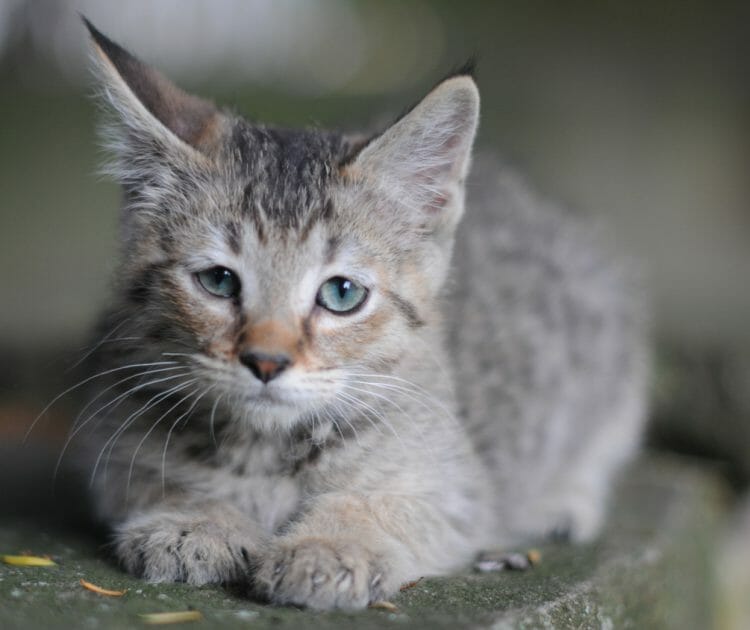
During the years that followed, Brewer worked on a breeding program for what she called the “Legend Cat.” She later trademarked the term so that outcrossing could be managed. Approximately 23 cats were added to the program that were believed to be born from mating between bobcats and domestic breeds.
Around the same time, several other breeders working on creating wild barn cats began collaborating with Brewer to create a broader genetic foundation for the Pixie-Bob.
Brewer led the campaign to register the breed with The International Cat Association (TICE) and the American Cat Fanciers’ Association. The breed was accepted as part of the TICE’s exhibition category in 1993, before achieving Championship status five years later. TICE initially classified the Pixie-Bob as a “native new breed.” However, it is not categorized as an established breed.
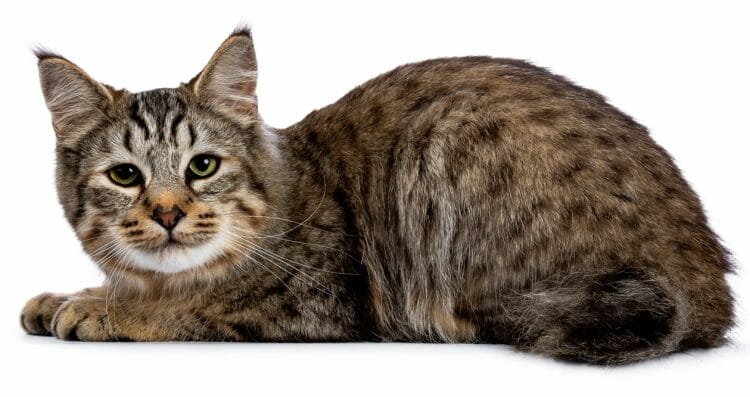
Pixie-Bob Cat Health Problems
There are a few health problems with the Pixie-Bob that owners need to be concerned about. However, through outcrossing programs, the genetic stock of the breed has been diversified to eliminate many of the health issues associated with inbreeding. That said, all owners should be aware of some of the health problems that Pixiebobs can suffer from so that prompt and proper veterinary care can be sought if required.
- In some male Pixie bobs, cryptorchidism has been known to occur. This is a very rare condition in which the testes do not descend into the scrotum. This may affect one or both testes. The condition can usually be detected in kittens between the age of four and six months. Cats that have Cryptorchidism will often spray more, exhibit aggressive behavior, and have an increased risk of cancer. The best way to treat the condition is to have the cat neutered. If a cat has this health problem, it should not be used for breeding.
- Hypertrophic Cardiomyopathy is a serious condition that causes the walls of the cat’s heart to thicken. This makes it difficult for the heart to pump oxygenated blood around the body, leading to issues in other organs. Although rare in Pixiebobs, owners should remain vigilant for the condition as acute cases could cause sudden death. Veterinarians use X-rays and echocardiograms to detect HCM and treatment seeks to minimize its impact by providing palliative care. There is no known cure.
The average lifespan of the Pixiebob is approximately 13 to 15 years. Providing regular veterinary check-ups, teeth cleaning, and recommended vaccines (such as distemper and rabies) can help to keep these felines healthy. CatCuddles also recommends providing preventive medication for heartworms, fleas, and ticks.
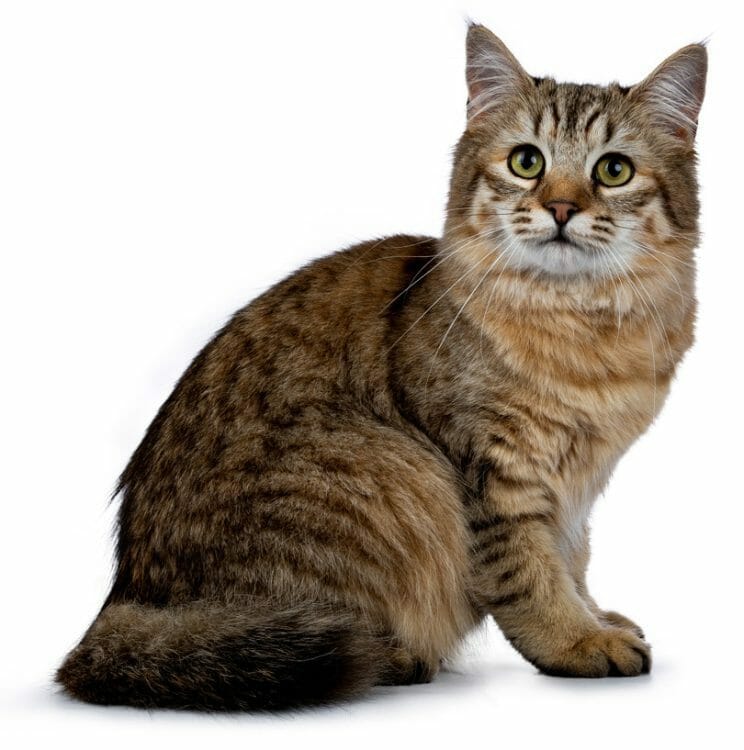
Pixie Bob Cats for Adoption
Before looking for Pixie bob cats for sale, always check local animal shelters and enquire about adoption. No-kill shelters should be sought, as they maintain stringent policies to ensure no healthy animals are ever put down.




